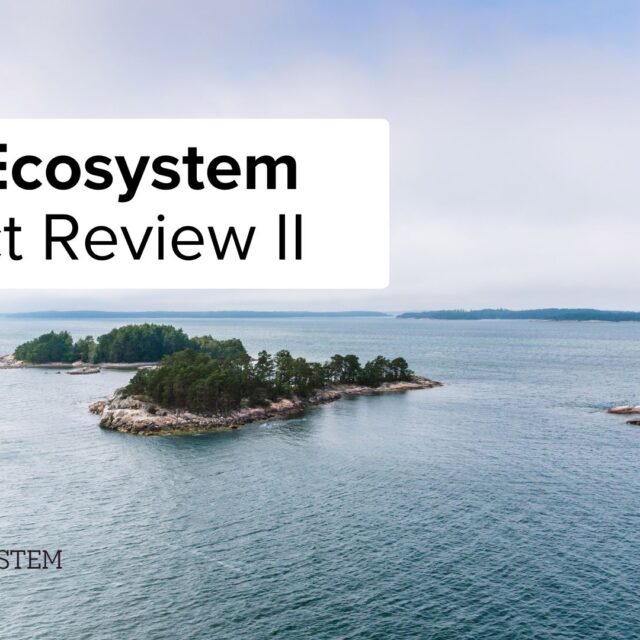The Silent Engine project aims to develop silent and vibration-free innovations by fast-tracking, that is parallel development instead of slow, incremental improvement.

– With novel combustion technologies, noise is more of a constraint in reaching zero emissions than the exhaust components, says Associate Professor Maciej Mikulski from the University of Vaasa. Mikulski acts as the responsible leader of the Silent Engine project.
– We aim to remove this roadblock for future powertrains but also emphasise new quality in coordinated noise, vibration, and performance research. This methodological development is important so that in the future, we can handle the control complexity better and create even more superior propulsion systems.
As the primary research actor in Silent Engine, the University of Vaasa will handle two key phenomena that cause engine noise – the so-called airborne noise and exhaust noise. Vibration excitations and related structure-borne noise will be handled by Wärtsilä and Vibrol in connected company projects.
– The Silent Engine project creates high-level expertise in noise and vibration management for the industry to meet the tightening noise emission requirements. In Finland, there is a lack of competence and resources when it comes to noise and vibration. We expect that the results of this project will have a significant impact on the development of industrial competitiveness. The project will promote the transition to carbon-neutral fuels in the industry, says Sisko Sipilä, Chief Adviser, Ecosystems Funding, Business Finland.
The Silent Engine project is directly linked to the Business Finland Veturi ecosystem “Zero Emission Marine” (ZEM) programme initiated by Wärtsilä (2022–2025). Silent Engine contributes in several ways. For instance, Silent Engine secures real-world emission (including noise) compliance for technologies which enable the introduction of green fuels – one of the main focuses of the university’s research platform VEBIC.
– Silent Engine is yet another important milestone in the ZEM programme. Our customers appreciate the low levels of noise and vibration in vessels, and it is essential for us to keep the levels under control when introducing new fuel types. In this project, we are seeking new methods to reduce noise levels, with a particular focus on the development of noise simulation. The expertise that Silent Engine brings to the ecosystem helps accelerate the transition to carbon-neutral fuels in the maritime industry, says Hannu Tienhaara, GM, System Analysis, R&D and Engineering, Marine Power Supply at Wärtsilä.
In addition to the strong commitment from Wärtsilä, the other companies in the project steering group are monitoring and guiding the research. The companies include Meyer Turku, AGCO Power, KONE, and Vibrol.
Silent Engine is an individual research project (of “Research networked with economic life”). The three-year project will start on 1 October 2022. Out of the total project volume of 1.33 M€, 70% comes as support from Business Finland. The companies involved in the project and the University of Vaasa fund the rest.
Further information
Project Leader: Maciej Mikulski, Associate Professor, University of Vaasa, tel. +358 (0)29 449 8591, email maciej.mikulski@uwasa.fi
Merja Kangasjärvi, Development Manager, VEBIC, University of Vaasa, tel. +358 (0)29 449 8205, email merja.kangasjarvi@uwasa.fi
Project update Annual Seminar 31.10.2023
Milestones
- Integrated measurement system allowing innovative spatial-temporal noise and vibration co-analysis with engine phenomena
- Experimental campaigns on valvetrain noise and noise propagation in engine ducts completed
- Innovative combustion noise separation algorithms and predictive combustion noise models created and functionally tested
Next steps
- Verification of noise models and separation algorithms on VEBIV engine data (diesel mode, RCCI, H2)
- Turbocharger noise rig tests at UTM Malesia and verification of turbocharger noise model
- Banger-rig tests at University of Vaasa and study on combustion noise fundamentals with different fuels

